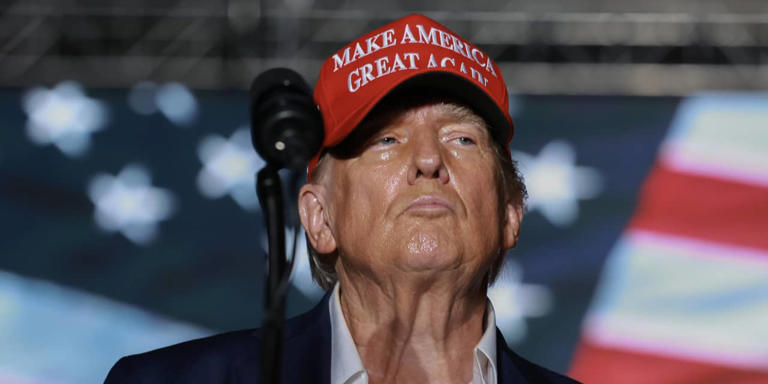The Tax Policy Center’s recent analysis underscores the complex financial implications of extending the Trump tax cuts, which are set to expire next year. If extended, these cuts would cost approximately $5 trillion over the next decade. Despite this considerable expenditure, many U.S. households, particularly those in the middle-income bracket, could face higher taxes compared to the scenario where the law expires. This paradox arises from specific structural changes in the 2017 tax-reform law.
The 2017 law made significant alterations to the tax code, such as doubling the child tax credit to $2,000 and increasing the standard deduction. However, it also eliminated or reduced several key deductions that many middle-class households relied on. Among these changes were the introduction of a $10,000 cap on state and local tax deductions, the elimination of deductions for moving expenses, casualty and theft losses, and alimony payments. Additionally, the law required taxpayers to provide a Social Security number for dependents, thus eliminating the ability to claim a child tax credit for noncitizen children. The households most likely to lose out on an extension of the law would be those who itemize deductions but do not have dependents under 17.
A significant portion of the $5 trillion in tax cuts would benefit households earning more than $450,000 annually. This shift would effectively redistribute the tax burden, increasing it for middle- and lower-income Americans. The Tax Policy Center’s analysis shows that if the law is extended, the top 0.1% of earners would save about $278,240 in taxes per year, whereas families in the middle-income spectrum would save an average of $1,030 per year. This disparity indicates a less progressive tax system, where higher earners receive a proportionally larger benefit.
Supporting this perspective, the Tax Foundation’s analysis found that making the tax cuts permanent would increase the after-tax incomes of taxpayers by an average of 2.9% in 2026. However, this increase would not be evenly distributed. The bottom quintile’s after-tax income would rise by 2.2%, while the top quintile would see a 3.4% increase. This skew suggests that higher earners would benefit more, making the tax system less progressive overall.
Politically, the feasibility of adding $5 trillion to the national debt is contentious, particularly during a time of historic budget deficits. Some Republican lawmakers are considering alternative measures to offset the cost of extending the individual rate cuts. For instance, there is a growing openness among GOP members to raising the top corporate tax rate, which was reduced from 35% to 21% by the 2017 law. Representative Chip Roy of Texas, a member of the Freedom Caucus, has expressed that the current 21% rate should not be considered untouchable, suggesting that tax policy needs to evolve with changing economic circumstances.
Another focal point of potential reform is the pass-through business deduction, which allows business owners to deduct up to 20% of their business profits from taxable income. While this measure was intended to reduce taxes for smaller businesses, it has become costly and primarily benefits the top 1% of earners. Critics argue that the deduction distorts the economy by incentivizing owners to reclassify their businesses and manipulate profit distributions, thereby draining tax revenues without significantly boosting economic activity. The cost of maintaining this deduction is estimated at $700 billion over ten years. Eliminating it could free up resources to extend other more popular provisions of the 2017 tax law.
Overall, the debate over extending the Trump tax cuts is multifaceted, involving considerations of economic equity, fiscal responsibility, and political strategy. The significant costs and skewed benefits of the cuts may influence legislative decisions, especially if Republicans regain control of the White House and Senate. The discussions around potential tax rate adjustments and the elimination of certain deductions highlight the complexity of crafting a tax policy that balances growth, fairness, and budgetary constraints.
